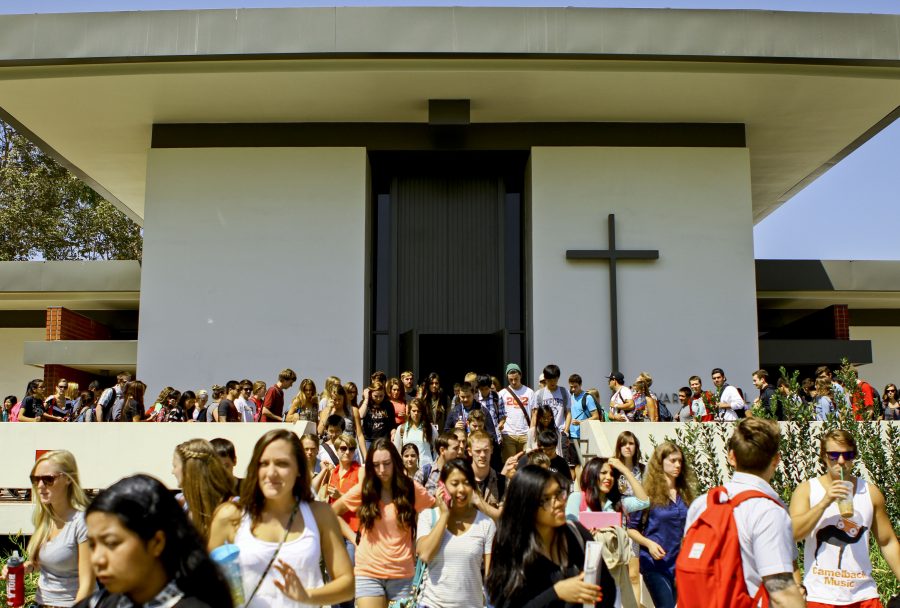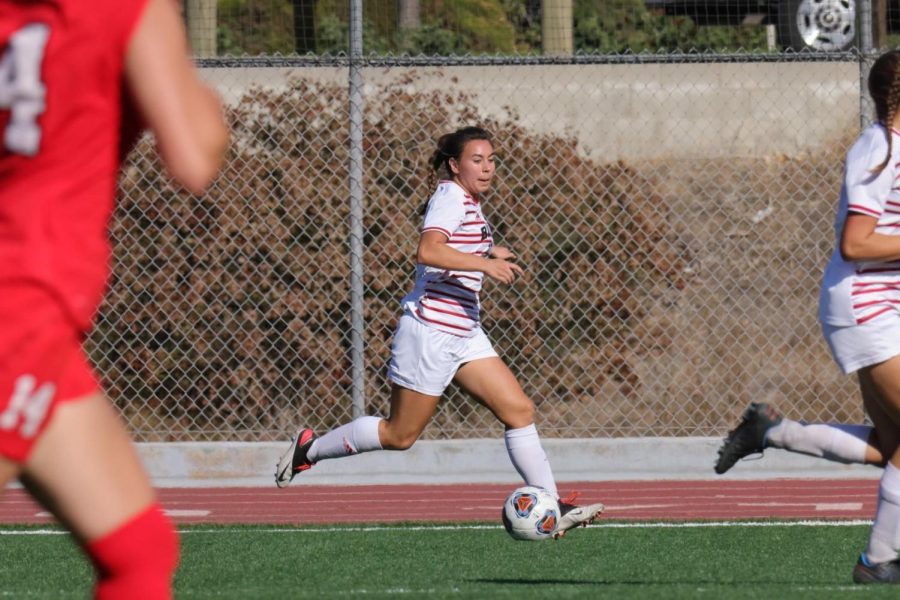“Up: The Man in the Flying Chair” is a play that realistically conveys a person’s desire to be happy amid situations of prolonged trouble and sorrow. It examines the lifestyle of one individual who tries to balance the responsibilities of living within a family-oriented community, all the while not losing sight of the dreams he possesses that give his life purpose.
“Up” created as senior media arts project
Film student Ian Mayta, who directed and produced the play, used this theatrical undertaking to fulfill his major’s requirement of completing a senior media arts project.
“Preproduction for ‘Up’ began last May,” Mayta said. “This project was the most difficult job of my life so far.”
“Up” stemmed from a desire Ian had early on in his sophomore year to put on a play. It wasn’t until this year however that he was able to get the venture underway.
What is most unique about “Up” is that it integrates both live theater and film together. The play goes back and forth between the two mediums for more of an in-depth drama. Daniel Batallés, senior film production student and co-producer of “Up,” explained that the play “challenges the form of theater and film together [and combines] the virtues of both worlds.”
Summary of plot
The story is about Walter Griffin, an inventor who once attached helium balloons to a lawn chair and sailed 15,000 feet into the sky.
Since that instance of short-lived fame, Walter Griffin now desires to create something new and groundbreaking that will impact the world, but will also give him another chance of flying.
However, while he is caught up in dreams of reliving past experiences, he is confronted with reality. His wife Helen rightly desires his financial provision which eventually leads to immense relationship strain and frustration when he fails to live up to his familial role. Walter is torn between the responsibilities of being a husband and a father, and also balancing the passion he has for his work.
At one point in the play, Helen exasperatedly asks her husband what it is he does everyday, to which Walter replies, “I look for opportunity.”
In no way does this reassure Helen’s worries towards their family’s unstable financial position.
Amid the tension portrayed between Walter and Helen, their son Mikey befriends a very outspoken and opinionated high school student named Maria. Maria is pregnant and lives with her aunt. Maria’s pregnancy provides an aspect to the play that expresses an element of concern not only for the characters in the play, but also the audience. Maria’s past choices are regrettable and the consequences of her decisions cannot help but leave the audience feeling sorry for her.
Sanctity of family a major theme
There is question as to whether or not these themes were something Biola students came prepared to experience. While family and teenage relationships are commonly tumultuous and scandalous, the response to these hardships appeared more dramatic to witness only because it was fellow students who were portraying such trials. In the end however, it was concluded that such depictions were less alarming because they expressed elements of “real life.” It was surprising to see the play venture into such thematic areas, but not frowned upon.
The final scene shows Walter strapping on a parachute and flying into the sky, and the video concludes the performance by recounting the time when he first lifted into the air on his balloon chair.
Both scenes encapsulate the major aesthetic of the play, as junior art student Kourtney Jackson observed, “the appealing aesthetic of flying.”
Yet this “aesthetic” hardly leaves the audience feeling happy. If anything, the audience is saddened by the unresolved relationship tension between Helen and Walter. While following one’s dream is never an ill desire, it becomes problematic when it acts as a hindrance towards what is sacred. In this case, the sanctity of family.






